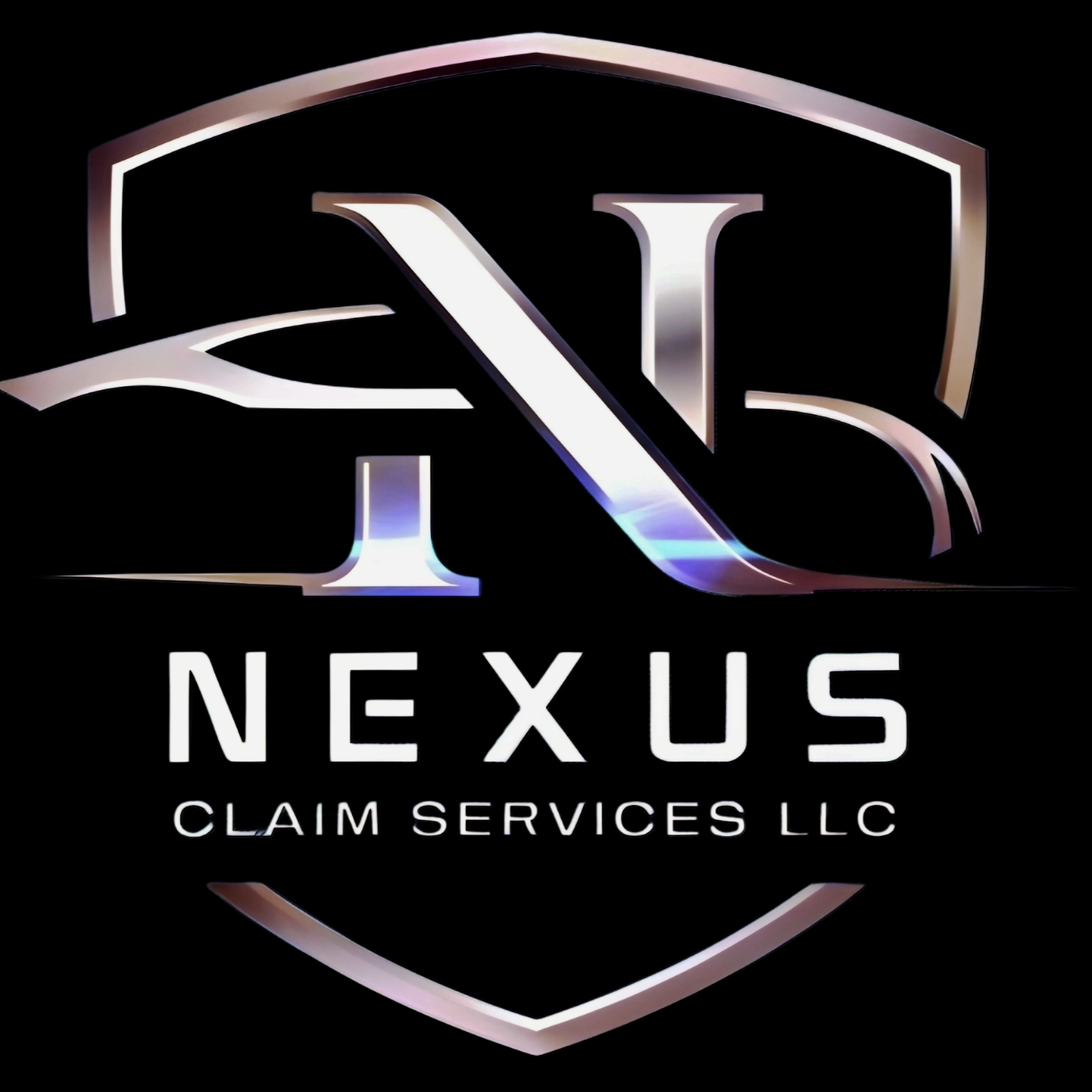Why some auto body repair shops have higher than average repair rates. And what it should mean to insurance companies.
- Mitch Buhr

- Feb 6
- 3 min read
In today’s collision repair landscape, not all auto body shops are created equal. As vehicle technology rapidly evolves, meeting proper repair standards often requires substantial investments—both in equipment and in people. Below, we break down the key factors behind higher-than-average labor rates, and why this ultimately benefits, the insurance carrier, and policyholders.
---
1. Advanced Technical Equipment
State-of-the-Art Tools
Modern vehicles use high-strength steel, boron, aluminum, composites, and intricate electronic systems that require precise repair methods. Many body shops have invested in cutting-edge welding equipment, frame alignment machines, and digital measuring systems to ensure accurate, OEM-compliant repairs. These specialized tools come with significant upfront costs, as well as ongoing maintenance and calibration expenses.
ADAS Diagnostics & Calibration
Today’s vehicles are frequently equipped with advanced driver assistance systems (ADAS)—think lane departure alerts, automatic braking, or blind spot monitoring. Recalibrating these systems is complex, demanding specialized diagnostic tools, software, and skilled technicians. Without the right equipment, ADAS features can fail, leading to safety risks and liability concerns.
---
2. Specialized Technician Training
Extensive Certifications
Simply purchasing state-of-the-art equipment doesn’t guarantee a safe, quality repair. Technicians undergo extensive training, often through OEM certification programs and industry-recognized organizations like I-CAR. These programs can be time-consuming and costly, but they ensure that technicians stay current with the latest repair methods.
Ongoing Education
Vehicle technology evolves continuously—what was cutting-edge a year ago can become outdated quickly. Many auto body shops consistently invest in refresher courses and new certifications to keep their team up to speed. This means higher labor costs, but it also means repairs that meet the highest safety standards.
---
3. Aluminum Clean Room
Dedicated Facility
Aluminum is increasingly common in modern auto manufacturing due to its lightweight strength. However, aluminum repair can’t be done in the same space as steel because of cross-contamination concerns (steel particles can corrode or compromise aluminum panels). Body Shops have had to construct a dedicated aluminum clean room outfitted with specialized tools and ventilation systems that prevent cross-contamination.
Costly Upkeep
Maintaining an aluminum-specific workspace involves additional cleaning protocols, consumables, and ongoing inspections. These extra steps add to our overhead, but they’re essential to delivering the quality and integrity that OEMs and insurers require.
---
4. OEM Repair Compliance
Strict Guidelines
Automakers issue specific repair procedures to ensure a vehicle’s original safety features are maintained. Complying with these guidelines can be more labor-intensive, requiring proprietary fasteners, adhesives, or specialized welds. Deviation from these procedures might reduce the shop’s immediate costs—but it also risks compromising vehicle safety, potentially exposing all parties to liability.
Safety & Liability Considerations
When insurance companies work with shops that adhere to OEM standards, they reduce the risk of incorrect or incomplete repairs. Over time, this can minimize rework, decrease supplemental claims, and bolster customer satisfaction—all factors that can ultimately benefit an insurer’s bottom line.
---
5. The Value for Insurance Carriers
Fewer Re-Repairs and Lower Overall Claim Costs
While labor rates may appear higher at first, investing in thorough, correct repairs minimizes the chance of rework or additional claims. A properly repaired vehicle is less likely to face recurring issues or liability concerns, saving insurance companies time and money in the long run.
Enhanced Customer Satisfaction
A quality repair that restores a car to pre-accident condition is crucial for maintaining policyholder trust. High-quality shops deliver vehicles that look and function as intended, leading to happier customers and less frustration over claim handling.
Mitigating Legal Exposure
Accidents or system failures resulting from poor-quality repairs can leave insurers vulnerable to lawsuits or further claims. By working with a shop that meets or exceeds OEM standards, insurers protect themselves from potential liabilities tied to inadequate repairs.
---
In Conclusion -----
Higher-than-average rates are directly tied to substantial investments in specialized equipment, technician training, a dedicated aluminum clean room, and adherence to strict OEM repair guidelines. These factors ensure that vehicles are repaired safely, accurately, and in a way that reduces the likelihood of future problems or liability.
For insurance carriers, working with a shop that provides this level of quality and expertise isn’t just about covering the cost of the initial repair—it’s about mitigating overall risk, delivering greater policyholder satisfaction, and preserving brand reputation. In the long run, the benefits of quality, OEM-aligned repairs far outweigh the incremental cost of higher labor rates.






Comments